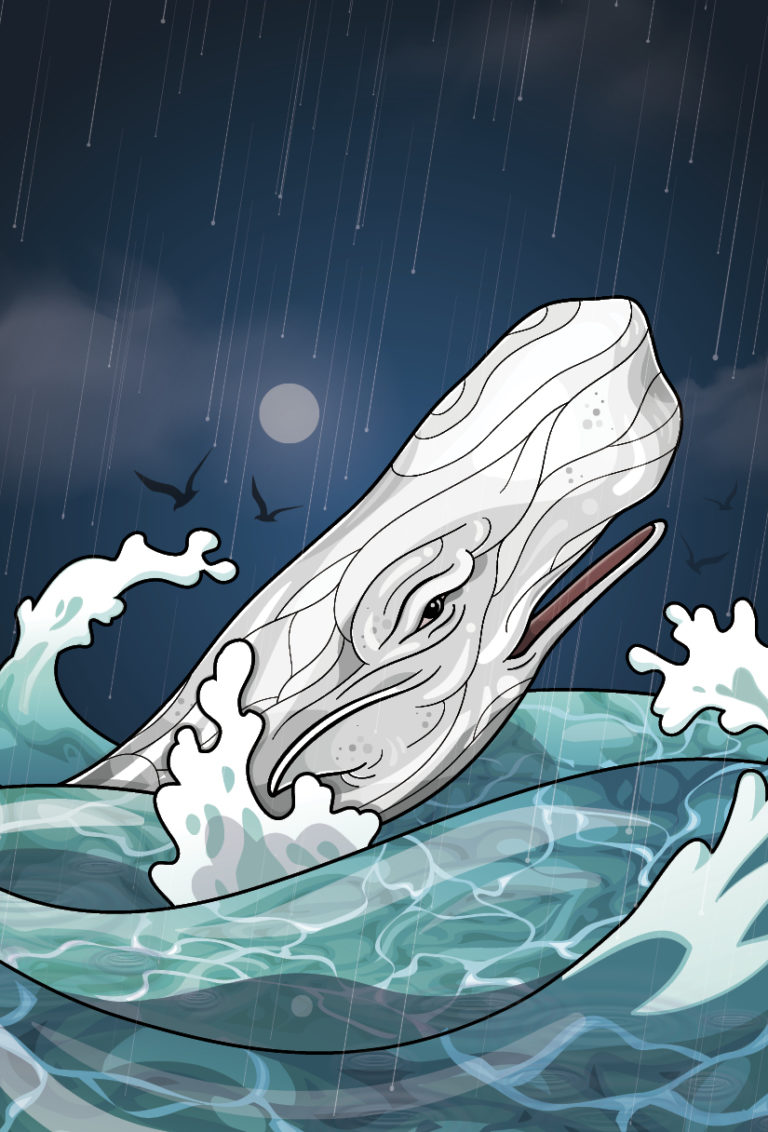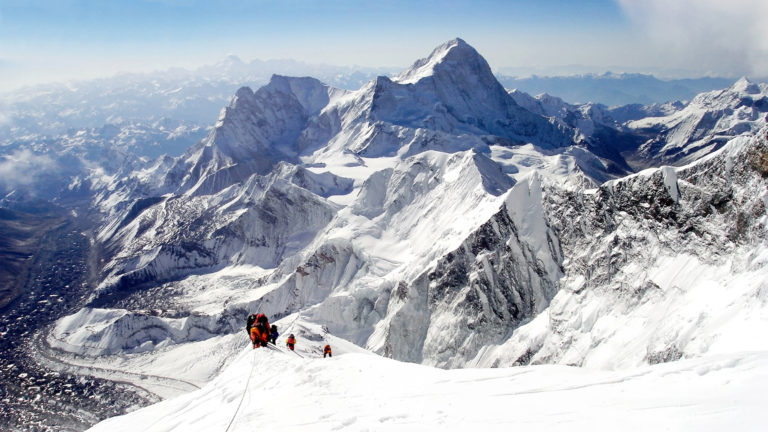
Destructive Goal Pursuit
The Mount Everest Disaster
Read or listen offline
Recommendation
You can see the summit; it’s right there, a lifelong goal. Unfortunately, you’re out of oxygen, it’s getting dark and a storm is brewing. Setting goals and doggedly pursuing them is a corporate religion, so it seems blasphemous to assert that focusing on goals can be fatal. However, the 1996 Everest disaster shows that sticking to stubborn, simple goals in complicated, shifting environments can lead to fiasco. D. Christopher Kayes evaluates the dynamics of teams and leaders in crisis, as illustrated by this tragedy, where climbers died trying to reach the summit who might have survived if they hadn’t single-mindedly pursued that goal. getAbstract recommends Kayes’ compellingly written study to those who wish to understand leadership’s vulnerabilities, and goal setting’s potential to cause unforeseen and dire results. To ensure that your goals lead to success, build resilient teams that can learn on the edge of the cliff.
Take-Aways
About the Author
In 1996, D. Christopher Kayes, a hiker, traveled to the base of Mount Everest in the wake of the climbing disaster. He has written several influential papers on the psychology of leadership and teaches organizational behavior at George Washington University.





















Comment on this summary or Démarrer une discussion